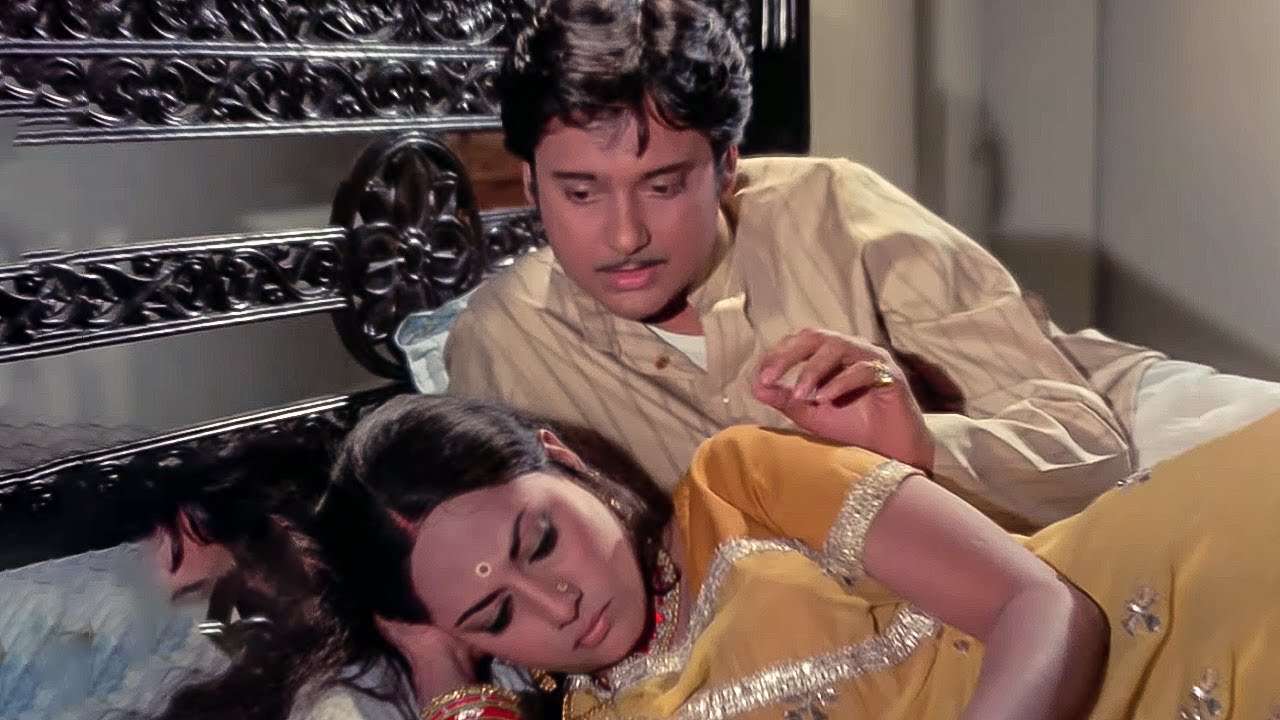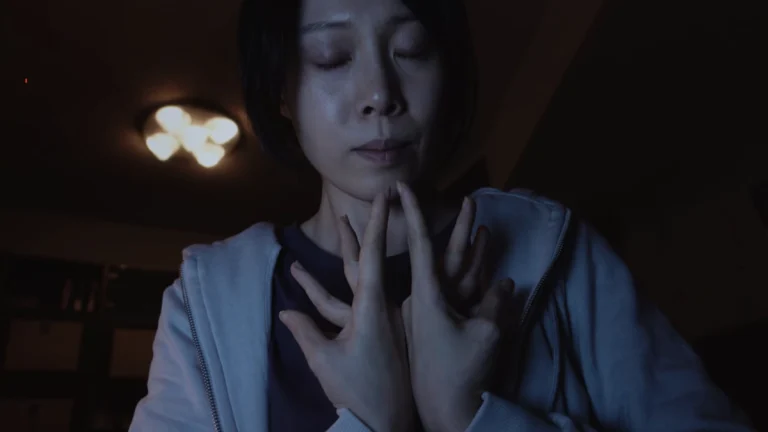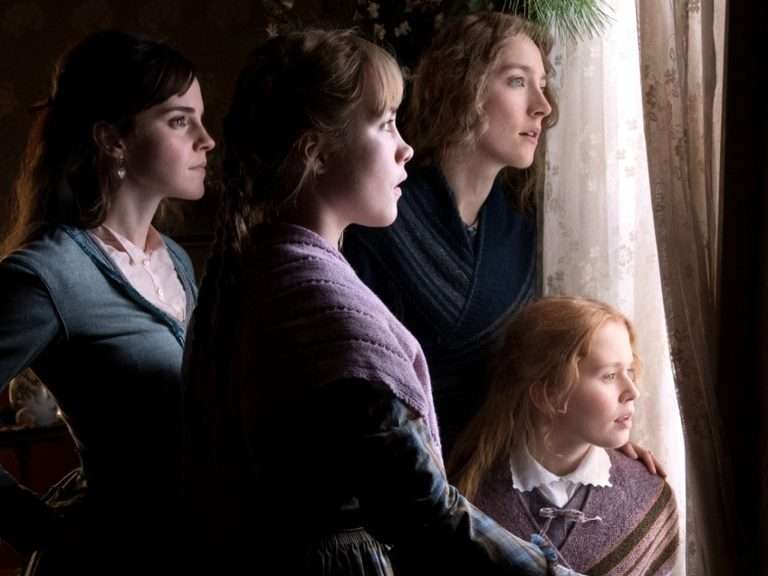Food has been an integral part of our culture, and cinema is no exception in depicting gender relations through its depiction of how food is prepared, consumed, and served in Indian households. At times, food becomes an analogy to depict erotic thoughts, and other times, food becomes the pivot around which the discourse of the ideal behavior of women is placed. The attempt here is to analyze the intersectionalities of food and gender and how cinema reinforces these gender tropes through food.
Advertisements crystalize this idea of the gender-conforming role of women in the kitchen on a day-to-day basis, with catchlines like “Taste me Best, Mummy aur Everest” (this line has been altered now). But our cinema, the family dramas of the ’70s to the ’90s, constantly reinforced the idea of an ideal wife through her culinary skills. Such ideas were questioned to an extent in films like “Gully Boy” (2019) and “Haseen Dilruba” (2020), showing women who are not looked down upon for not cooking or showing men cooking at home, or women cooking professionally in “Thank You for Coming” (2023), although most of our films still cater to the idea of “women belong to the kitchen,” if not directly, then suggestively.
An Ideal Woman
To be able to cook is considered one of the primary duties of a woman in a patriarchal household. A girl’s inability to cook food is often scorned, derided, and becomes a source of mockery. On the other hand, good cooking by a woman is considered the greatest virtue of an “Indian woman.” As mentioned in the film “Hum Saath Saath Hai” (1999), the real home is a house where the women folk cook and serve delicious food to the rest of the family. One of the significant films in which the story of a dysfunctional Indian family is depicted through the reluctance of their women to cook food is “Bawarchi” (1972).
The family’s old patriarch constantly complains that the modern women of the family are “daughter-in-law,” i.e., a daughter established through law rather than through organic assimilation of the women in the family. At another point, when the new cook cooks delicious food and tea, the husband sarcastically remarks about his wife’s inability to cook even basic food. The multi-faceted genius disguised as a cook eventually helps the family to realize their rightful roles in the family, and by the end of the movie, the entitled and modernized (read westernized, a negative force that repels women from accepting their traditional role in the household) daughter starts helping in the kitchen in a simple saree leaving her fashionable clothes behind.
This is a ubiquitous trope in Indian cinema wherein women transform from entitled women to embody the values of ‘ideal’ Indian women. Learning to cook is not merely a culinary skill to be learned. Still, it is a major part of a larger overhauling of the character of women to be accepted in a patriarchal household. And this discourse went a step further in the partial remake of the same film, “Hero Number 1” (1997). Here, the transformation process is not the realization of the woman’s patriarchal duties.
Still, instead, the transformation is imposed upon her externally through an attempt to rape the girl, which makes her realize the vices of wearing Western clothes and staying out late at night. She ends up in the kitchen the following day in Indian clothes, obviously. On the other hand, men are discouraged from cooking as it is seen as a desperate measure rather than wilful engagement on the part of men to cook food for themselves or their families. In “Hum Intezar Karenge” (1989), the protagonist coerces his friend to get married as he has to cook food for himself, which is not his forte.
Food and Family Ties
Food is a common trope for judging the maturity of a woman in Indian cinema. A good wife and daughter-in-law need to be good cooks; if she is not, she learns it eventually to earn her husband’s affection. The trope of “an immature woman coming of age” takes its inspiration from the stories of Rabindranath Tagore and is shown on the celluloid in different ways in multiple ways, including “Uphaar” (1971), “Geet Gata Chal” (1975), “Balika Vadhu” (1976), “Abodh” (1984), etc.

In the films “Pyari Behna” and “Haisiyat” (both 1985), this conflict between the wife for the consummation of marriage and the wife for household work is aptly reflected through songs. In “Pyari Behna,” the girl is seen as an “immature” young girl, preoccupied with the idea of food. Her mother rebukes her for overeating and asks her to focus on cooking and serving food rather than eating it all. On the day of her marriage, her husband tries to explain the process of romance to her, and she keeps giving food analogies.
Eventually, she is molded into a domestic wife, who, albeit being feisty and opinionated, shows her commitment towards her husband by cooking food. In “Haisiyat,” the rich girl married to a poor man cannot wake up early and prepare coffee for her husband. The husband demands coffee from her wife, and rather than making a cup himself, he starts teaching his wife to make coffee. The wife objects to it, saying that she is a wife, not a cook, and she doesn’t know how to make coffee. These films eventually show how the consummation of marriage is achieved through her culinary skills. In “Maine Pyar Kiya” (1989), the woman aggressively baits for her daughter to be married off to the protagonist and to impress him,
Domestication of Women through Cooking
Another common trope on the same lines is that of “Taming the Shrew,” wherein the inability to cook food is seen as a privilege and a sign of a spoilt woman who needs to be humbled by the masochistic male. The humbling of a woman not only alters her personality but also changes her relationship with food. In “Prem Rog” (1982), the young girl is seen throwing tantrums, including mixing chilly powder in food and using delicious food to make amends. But as soon as she becomes a widow and is sexually assaulted by her brother-in-law, not only does she lose her child-like innocence, she is forced to exercise strict restraint on her food, relying on square, coarse meals.
Similarly, in “Pehla Pehla Pyar” (1994), a princess runs away to live an everyday life where she can indulge in the small happiness of middle-class life. She is criticized for her lack of knowledge about making tea and her lack of knowledge about food ingredients. During her stay, she gradually adapts herself to the life of ordinary people, where she is relegated to domestic life. For a man, the struggle is to reach greater heights in life, starting from a disadvantaged life and overcoming all the hurdles. Still, for a woman, the conflict lies in her leaving her privileged life, adapting herself to the needs of her husband’s family, and proving to be a good wife for him.
There are hundreds of films catering to the idea of a rich woman who is humbled and turned into a dutiful housewife by the end of the film. These films show not only their prioritization of domestic work and finding bliss in housework but also vilify the ambitious, bossy women who are shown to be virtuous by entering the kitchen. Films like “Laadla” (1994), “Banarasi Babu” (1998), and “Hero Hindustani” (1998) show the taming of modern women into traditional domestic women.
In some cases, we also find that the modern woman wilfully subjugates her agency to live a domestic life like in “Pyar Jhukta Nahin” (1985), “Raja Hindustani” (1996), “Gadar” (2001), “Aandhi” (1975), etc. In all these films, the woman put forward her wish to cook food, wash clothes, and do domestic chores for her prospective partner. Moreover, in “Aandhi,” the woman realizes her ambitions, but the female character is domesticated beyond recognition in the rest of the films.
Conclusion
The above analysis is just the tip of the iceberg, encompassing multiple decades of filmmaking. The emphasis on the traditional role of women as nurturers and caregivers, where a woman is seen preoccupied in the kitchen in most of our cinematic representations, and despite the occasional shifts in the representation of women in cinema, the larger picture has remained constant.
The changing demographics and cinematic dynamics alter how women are represented in popular culture, which has been reflected in a more nuanced representation of women in recent films. Still, cinema is a consumerist medium, and in the wake of cultural revisionism that we are witnessing in our society, cinema cannot remain aloof from it for long. That’s why it becomes crucial to understand how cinema, through its depiction of food culture, is reinforcing patriarchy in India and vice versa.







